Images: Magnificent Geological Formations of the American West

Awe-inspiring
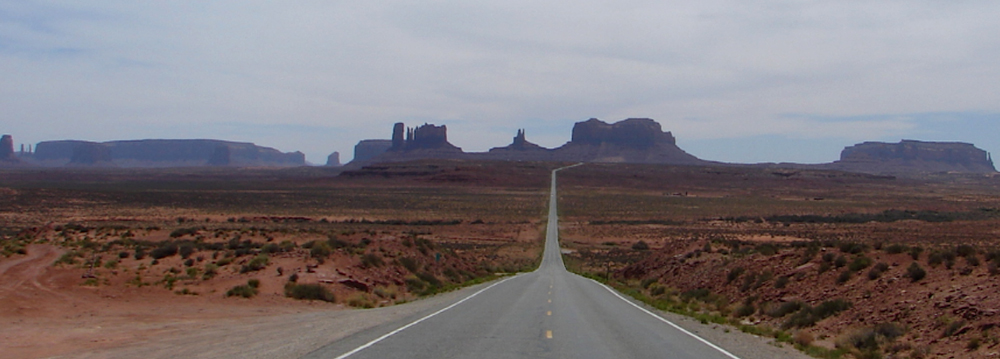
The American West is decorated with an array of geological formations that have resulted in a world of spectacular views and awe-inspiring landscapes. The forces of erosion combined with the passing of time have carved and created a wonderland in the common sedimentary, metamorphic and igneous rocks found across the vastness of this magical land.
Mesa
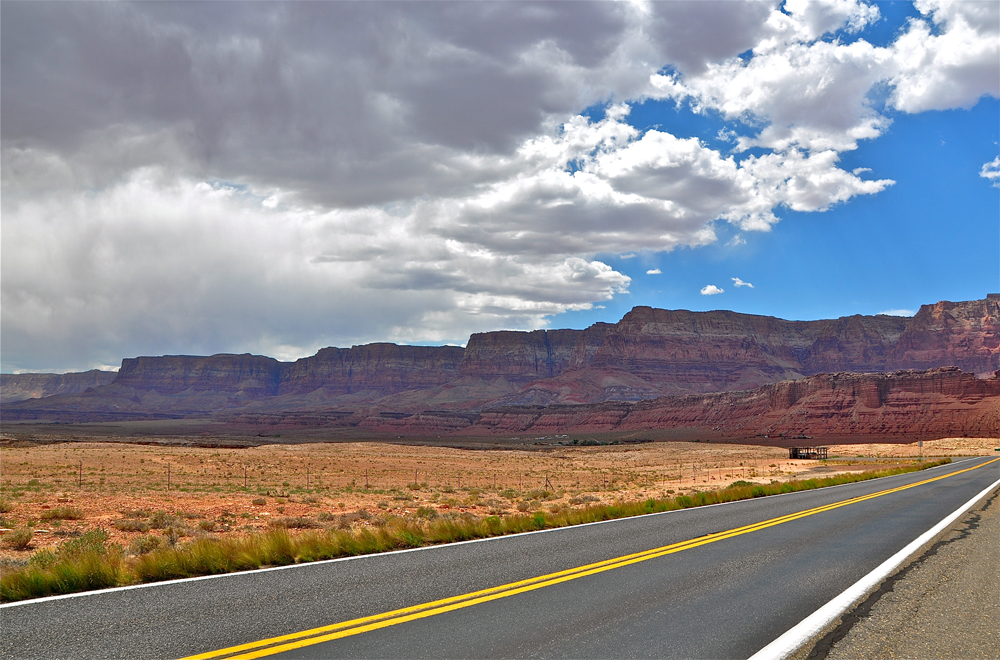
The mesa might be the most common geological formation found across the West. A mesa is a large, isolated, flat-topped hill or mountain, usually with steep slopes. Mesas are formed when the forces of erosion remove the softer sediment from around a harder caprock. The picture above shows a series of mesas in an area on northern Arizona known as the Vermillion Cliffs.
Butte
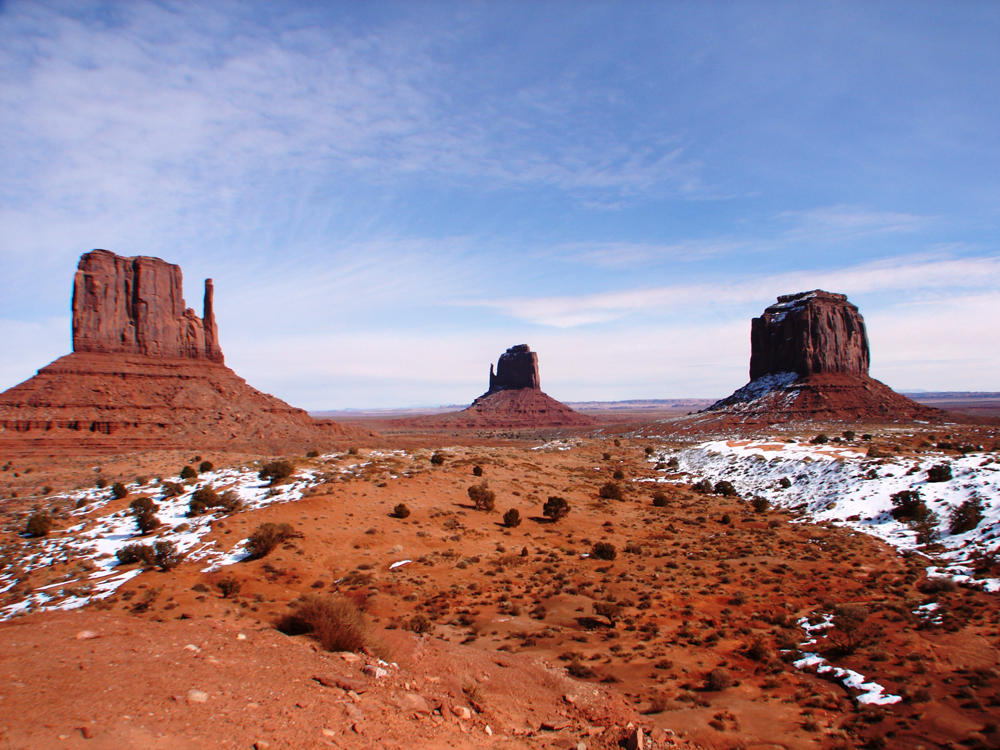
A butte is formed when a mesa is further eroded until the formation is taller than it is wide. Buttes tend to be isolated from other structures, with steep sides and a flat top. Above are three buttes, the Mittens and Merrick Butte, rising above the high-desert floor in Monument Valley along the Utah/Arizona border.
Spire
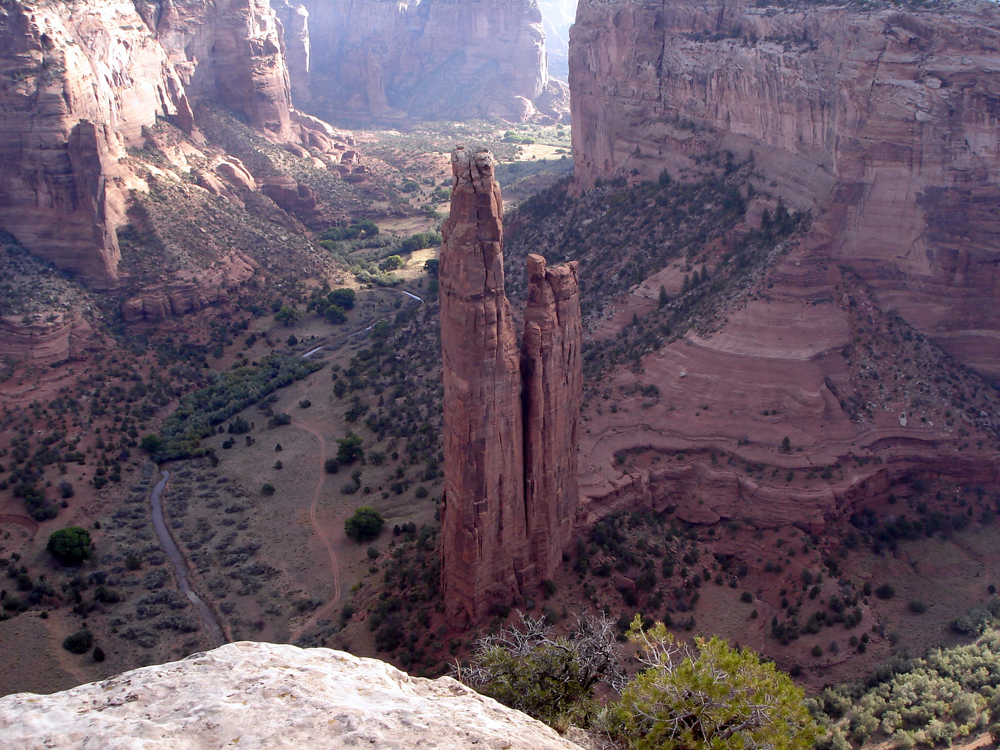
A spire is a rock tower that has a uniform thickness throughout its height and tapers from the ground upward. Buttes, over time, can be eroded into a spire. The spire shown here is known as Spider Rock and is an 800-foot-tall (about 240 meters) sandstone structure. It is located in Canyon de Chelly National Monument on the Navajo Reservation in northeastern Arizona.
Balanced Rock
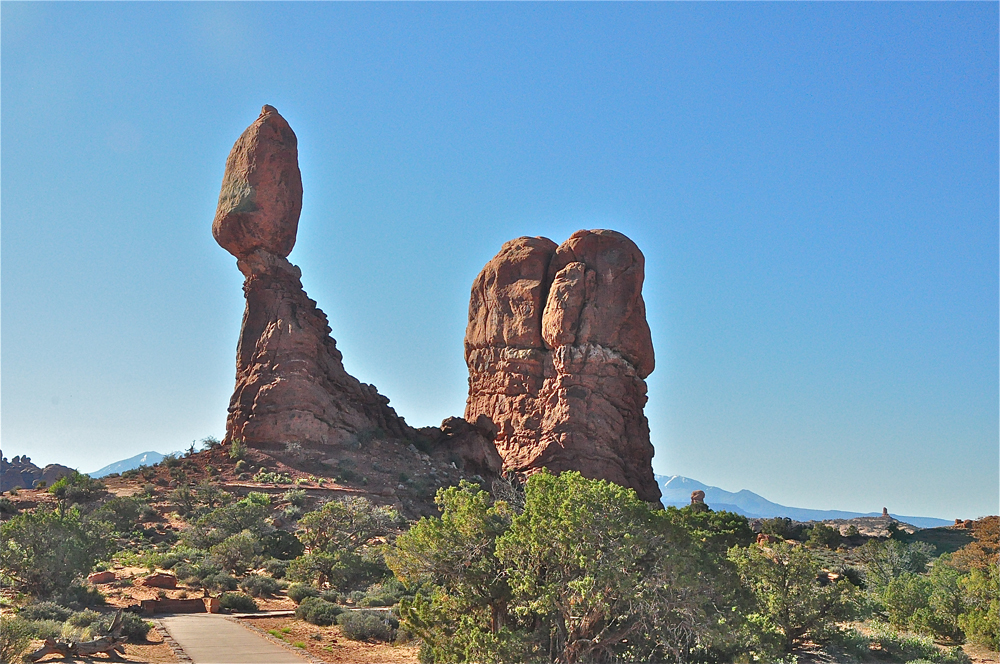
A balanced rock is formed when a harder layer of rock is laid down on top of a softer layer of rock. Over time the softer layer erodes faster than the harder rock material on top. This balanced rock and small butte shown here is found in Arches National Park, Utah.
Sandstone fin
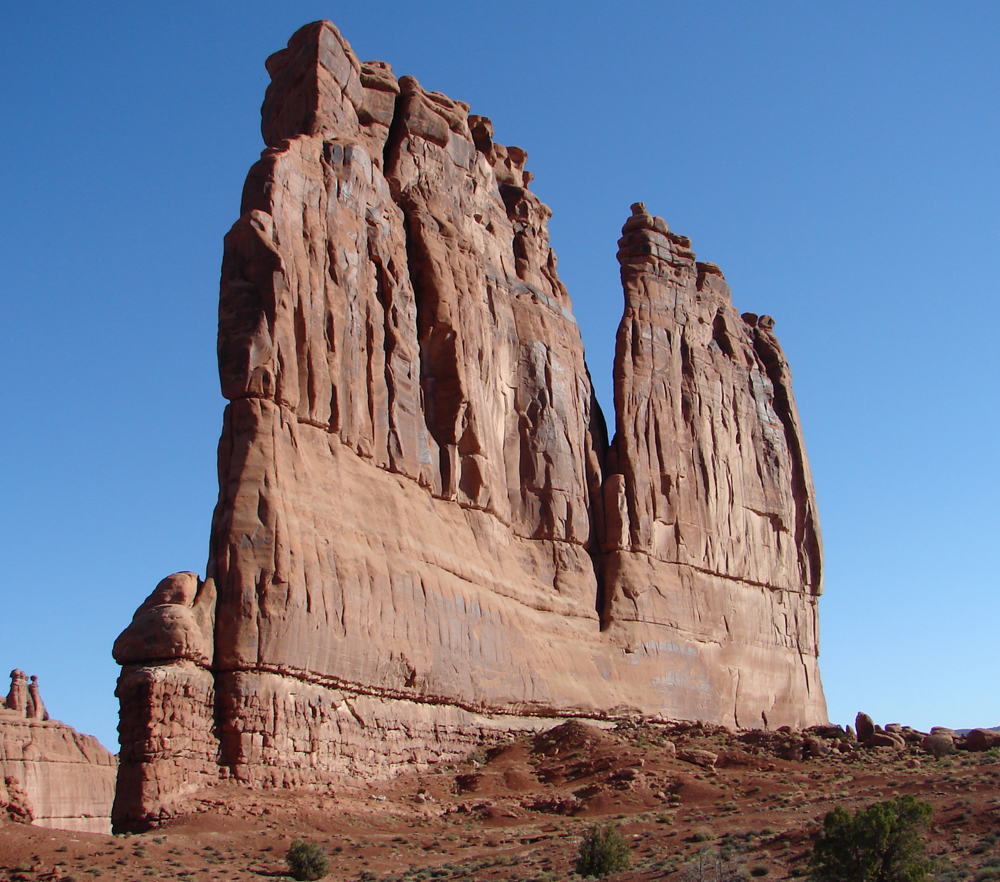
Sandstone fins are formed when sandstone domes, laid down in the ancient seas some 150 million years ago, collapse and are then eroded and weathered into a maze of vertical rock slabs. This picture is of a sandstone fin found in Arches National Park and is known as "The Organ."
Window
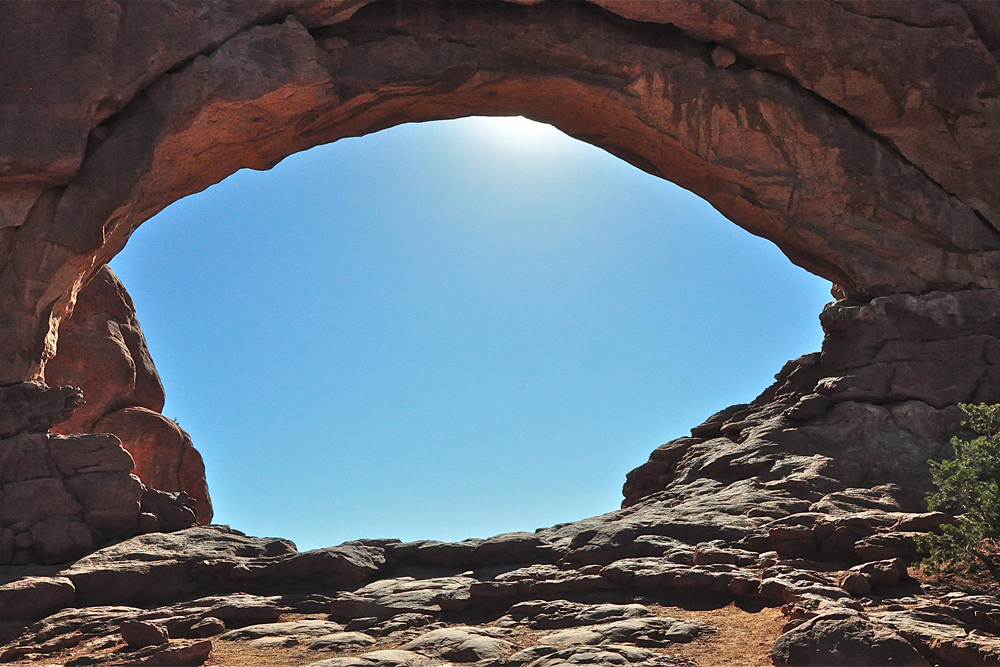
A window occurs in a sandstone fin when the forces of water dissolve the calcium carbonate that cements and binds the tiny grains of sand together. Over time a small hole begins to form and will continue to erode to create a larger and larger opening. The sun begins to set through a large window of a sandstone fin in Arches National Park.
Get the world’s most fascinating discoveries delivered straight to your inbox.
Hoodoo
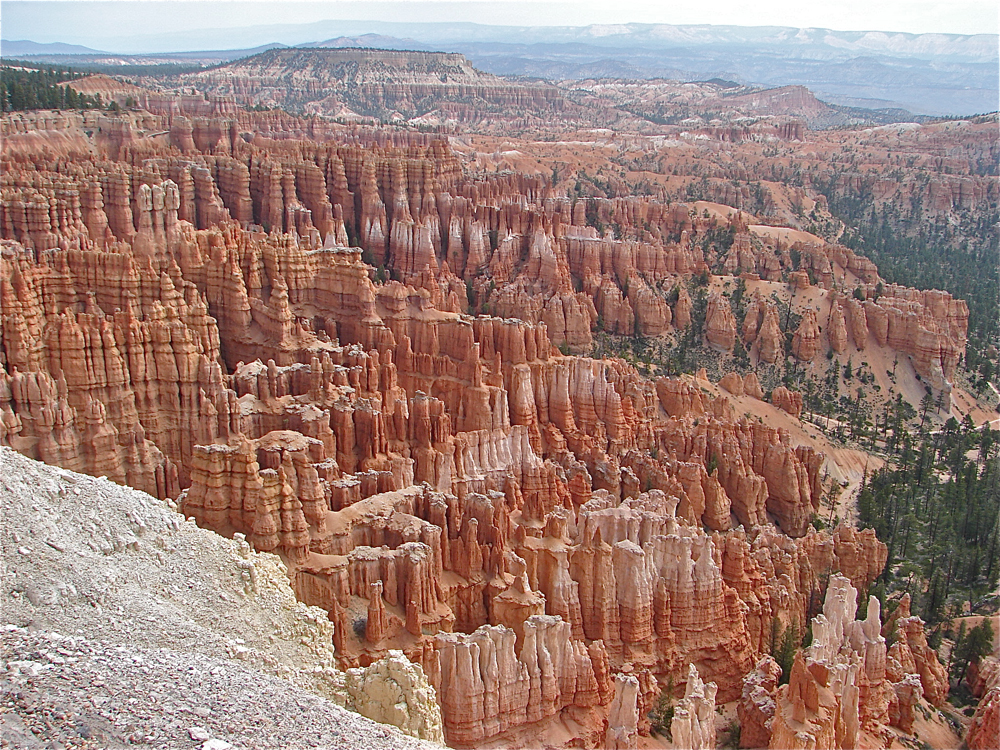
A hoodoo is formed when a window of a sandstone fin collapses, leaving a pinnacle of stone still standing. Hoodoos can range in size from 3-feet to over 140-feet. Hoodoos are made of softer rock, usually sandstone or volcanic, topped by a harder rock that protects the column from the elements of erosion. Bryce National Park, located in Utah, has some of the most spectacular fields of sandstone hoodoos found anywhere in the world. The picture above was taken in Bryce National Park.
Arch
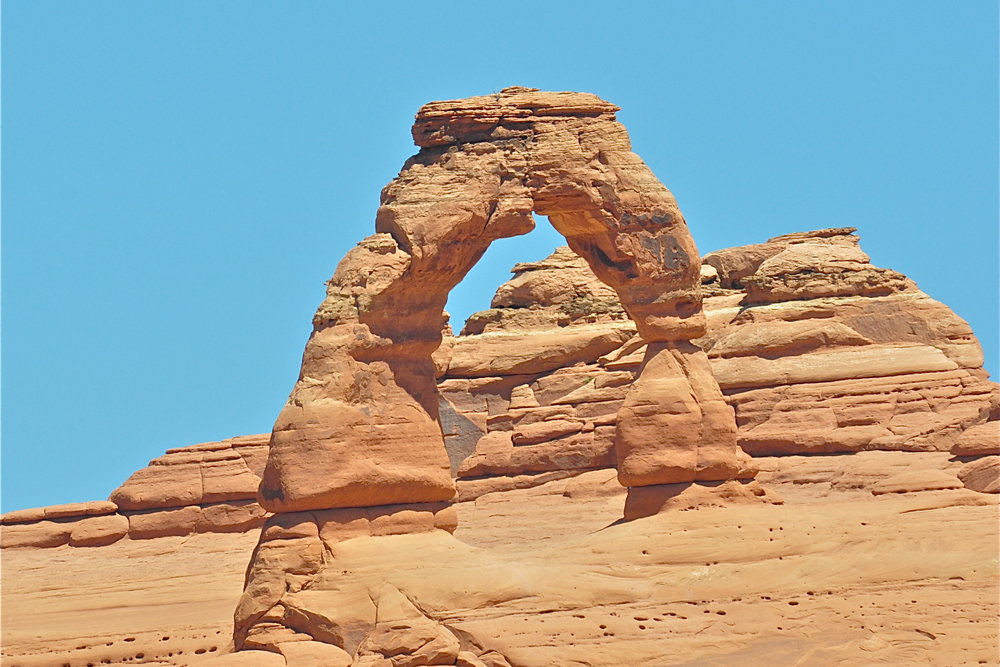
An arch is created when a sandstone fin is eroded, creating a hole at least 3 feet (1 m) in any one direction. The greatest concentration of natural arches in the world is found in Arches National Park, where over 2,500 natural arches have been discovered and identified. The arch above is known as Delicate Arch and is found in the park.
Natural bridge

A natural bridge is a subtype of arch that has been formed primarily by running water. Shown above is Rainbow Bridge, formed by a running stream in arid Glen Canyon, Utah. The natural bridge spans 275 feet (84 m) across Bridge Creek and has a height of 246 feet (75 m). Today, the waters of Lake Powell pass near and sometimes under Rainbow Bridge and make for easy access to visit this natural bridge only a boat ride away.
Potholes
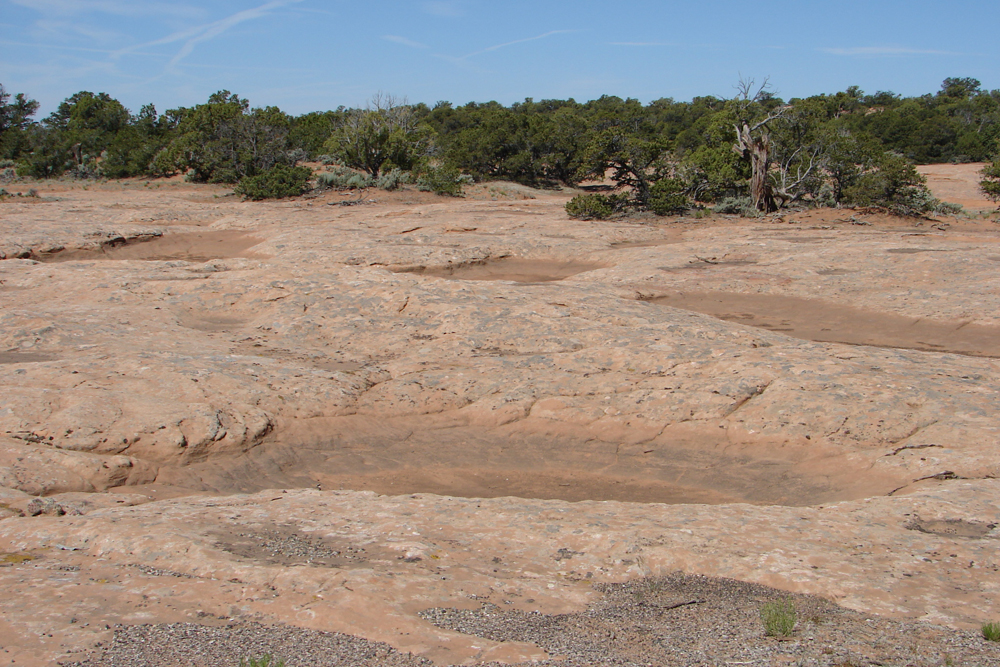
Potholes form in the sandstone layers of the West when snowmelt and rainwater dissolve the natural cement that binds the sand together resulting in the formation of small depressions in the rock. Over time potholes can erode all the way through the sandstone layer and create what is known as a pothole arch. The potholes pictured above are located near Navajo National Monument in northern Arizona.


